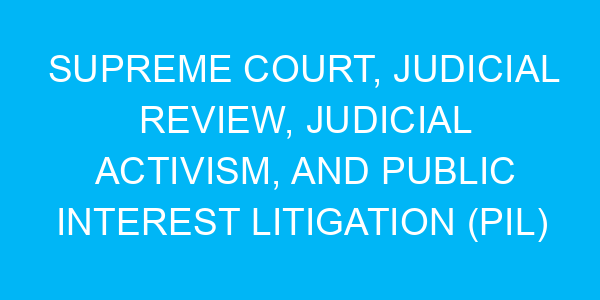61. The power of “judicial activism” allows the courts to:
a) Play an active role in shaping public policy and correcting social injustices
b) Limit their role to interpreting laws and the Constitution without any interference
c) Prioritize the protection of individual rights over the collective welfare
d) Overrule the decisions of the executive and legislative branches
62. Who appoints the Chief Justice of the United States?
a) The President
b) The Vice President
c) The Senate
d) The Supreme Court justices
63. The Supreme Court of India has the power to issue writs against:
a) Individuals
b) Corporations
c) Governments and government officials
d) Private organizations
64. Which case led to the establishment of the Collegium system for the appointment of judges in India?
a) S.P. Gupta v. Union of India
b) Kesavananda Bharati v. State of Kerala
c) Third Judges Case
d) NJAC Case
65. Which case led to the recognition of the “right to privacy” as a fundamental right in India?
a) Maneka Gandhi v. Union of India
b) Kesavananda Bharati v. State of Kerala
c) Puttaswamy v. Union of India
d) Golaknath v. State of Punjab



